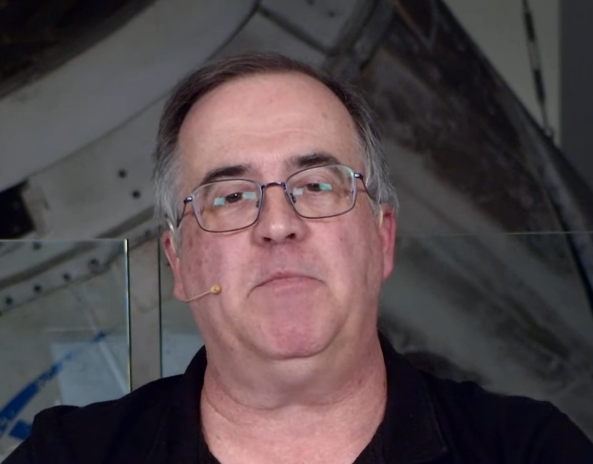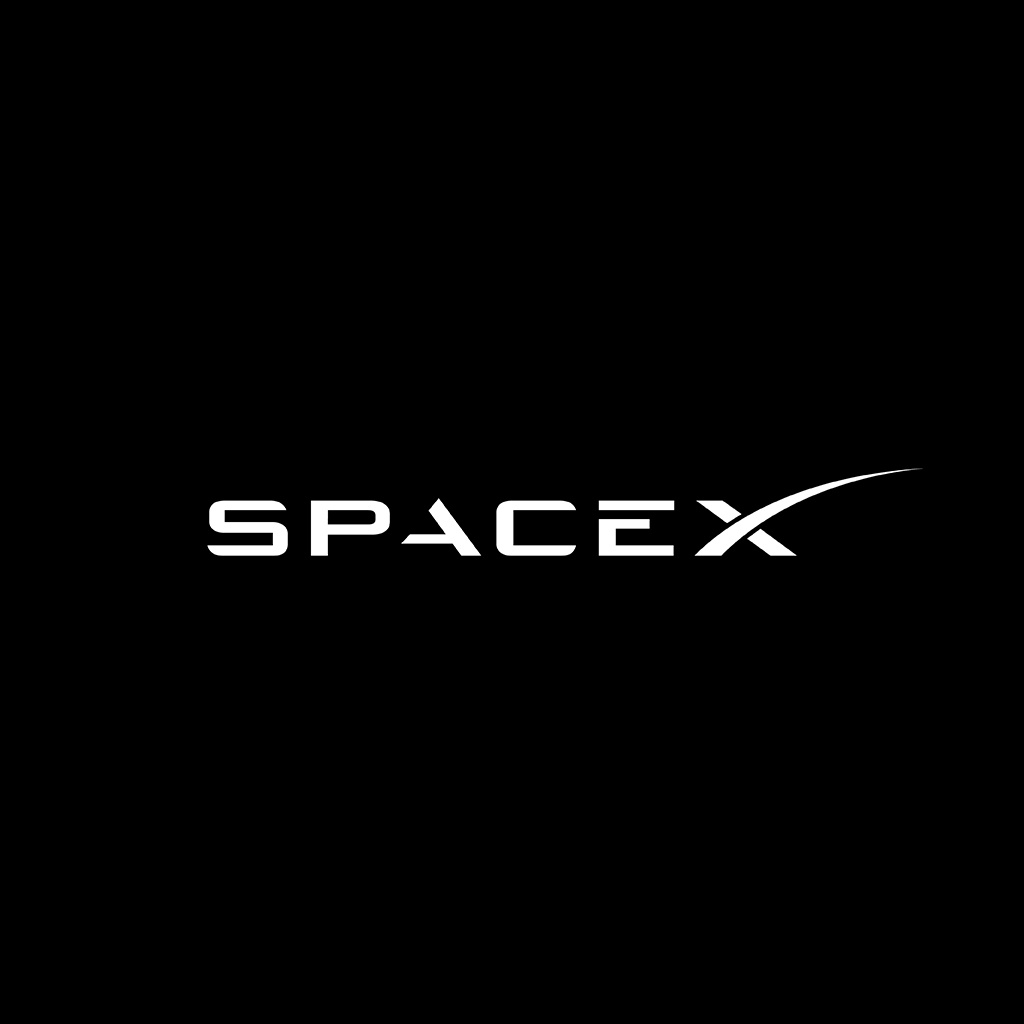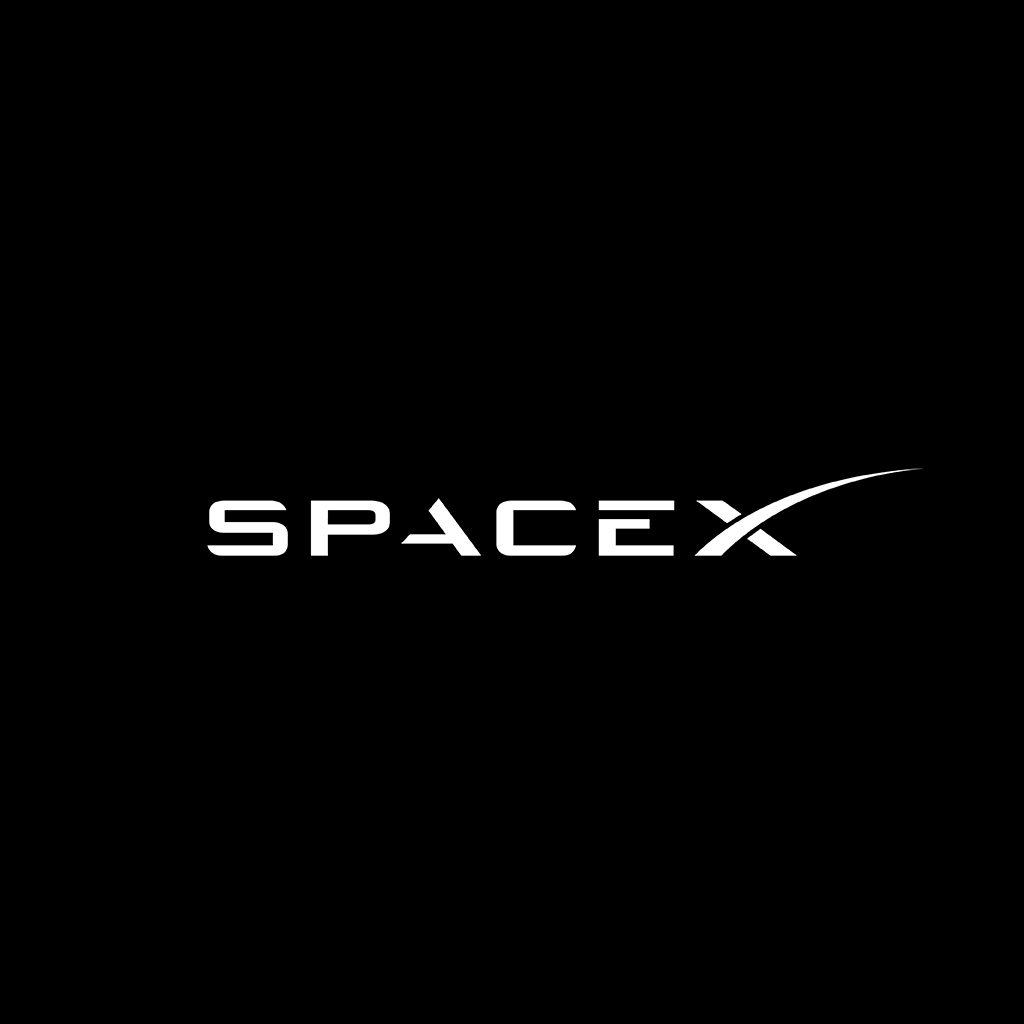

If NASA decides to send Starliner back empty, it’s a vote of no confidence in Boeing that may lead the company to cut its losses and withdraw from the program.
How would this work, contractually? Would they have to give back the whole $4.1 billion (or whatever)? And pay penalties on top to cover NASA’s costs?



Yes, I think that’s the implication. I realized it’s not correct but decided to leave it like that. I’m a big picture kinda guy; someone else can sort out the details!
I guess it might be more like a combined NASA / Space Force high level strategic fund providing the subsidy. So that individual ‘low level’ programmes within NASA / Space Force then don’t have to worry too much about the long term strategic goals like dissimilar redundancy, and can mostly just focus on their own needs.